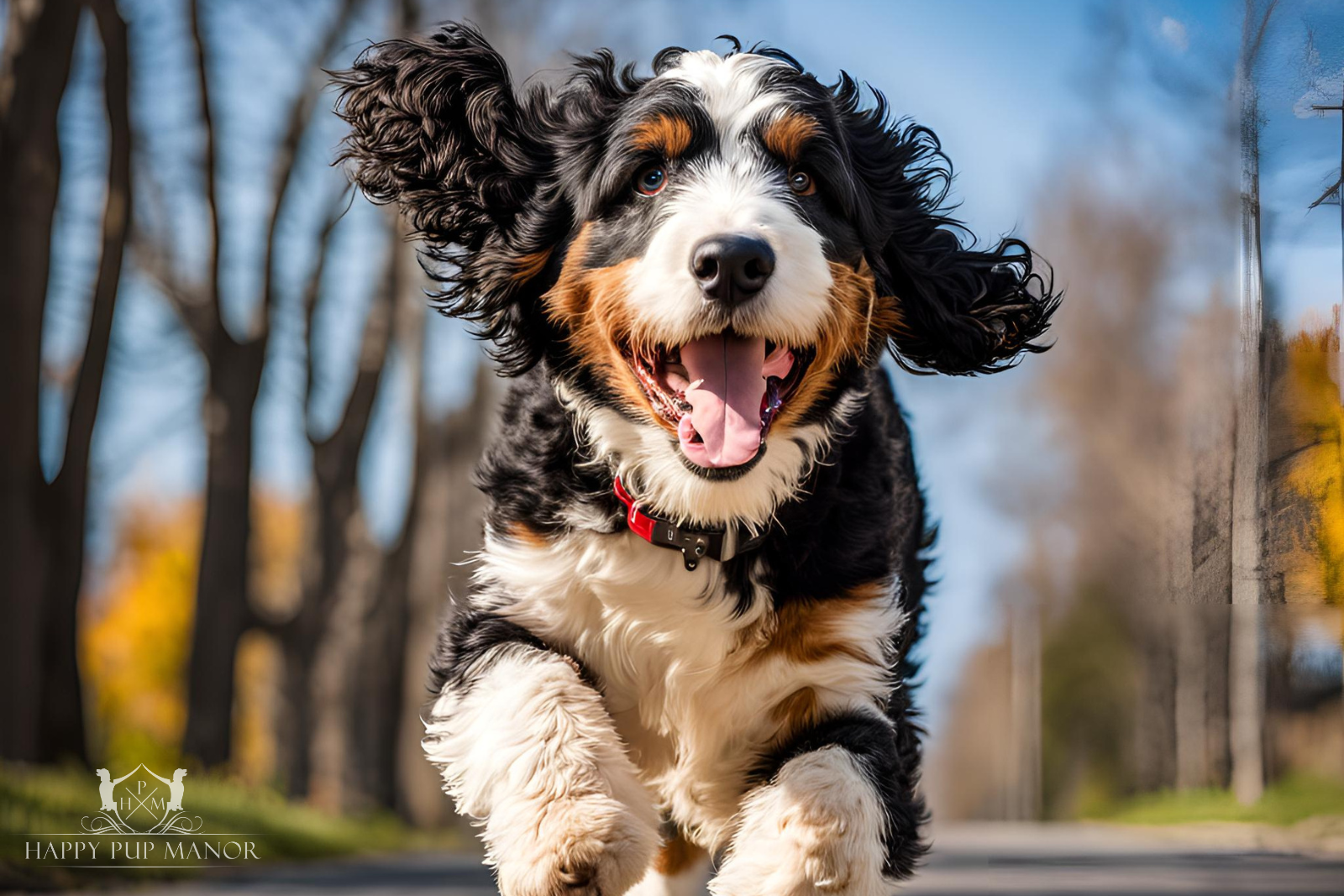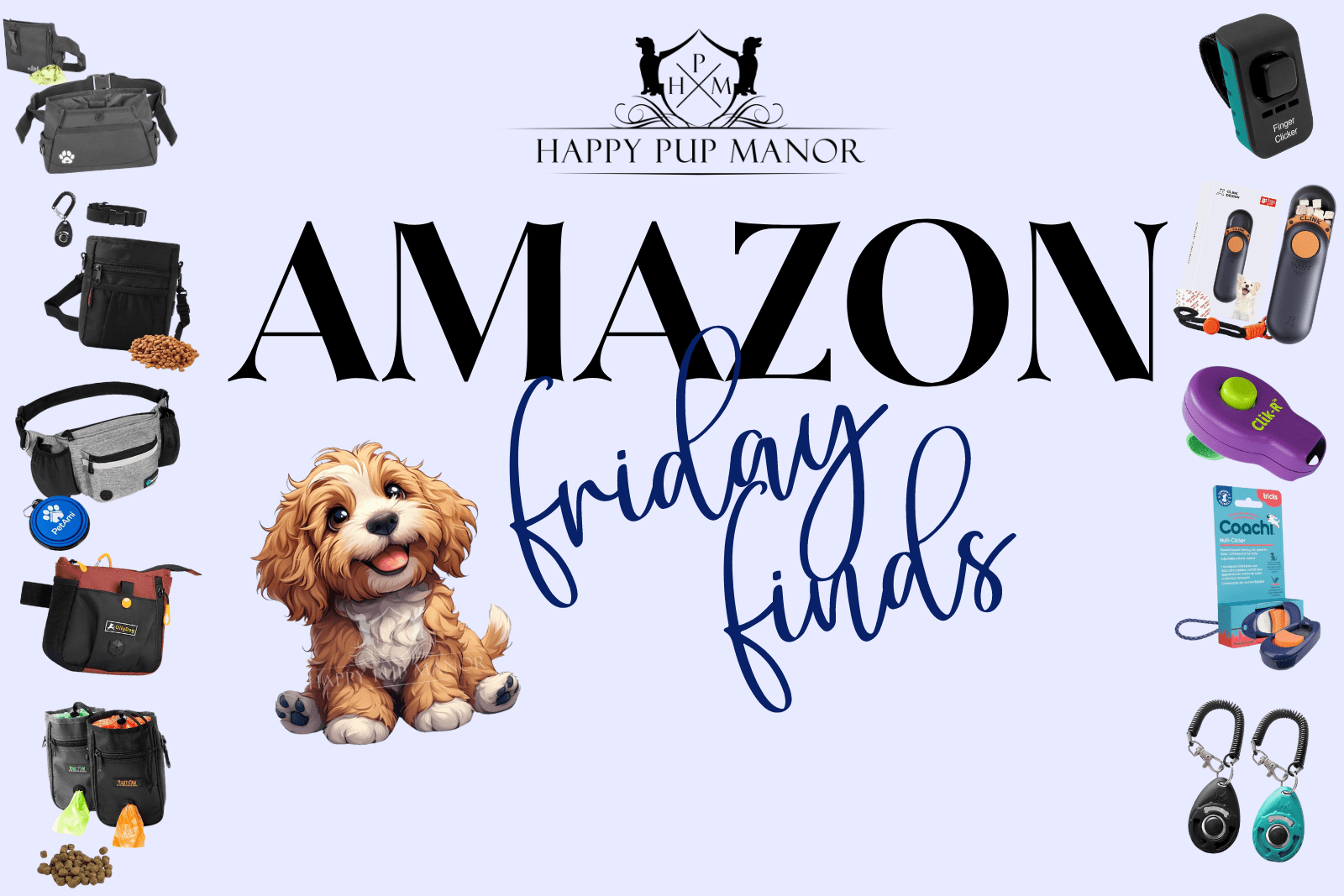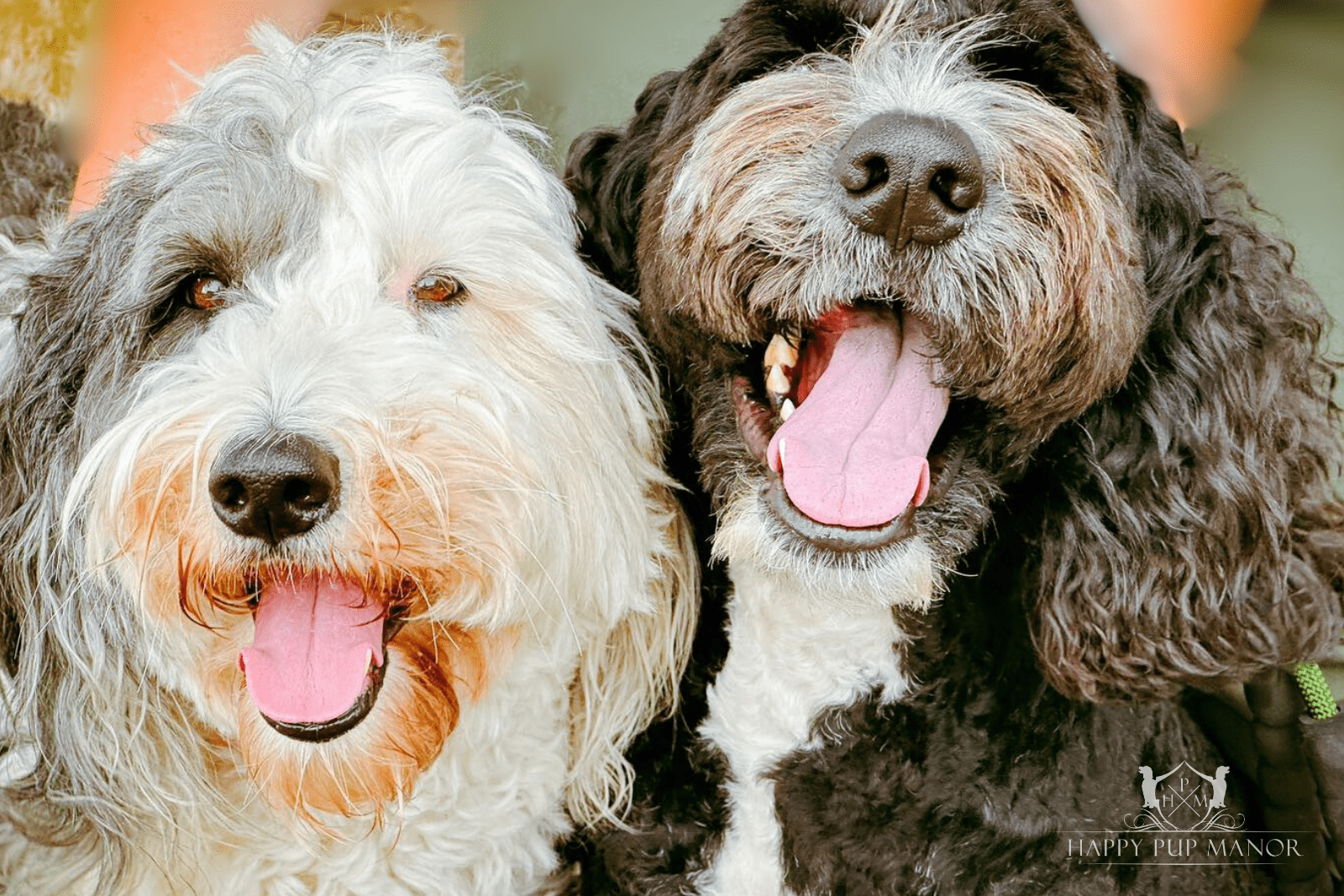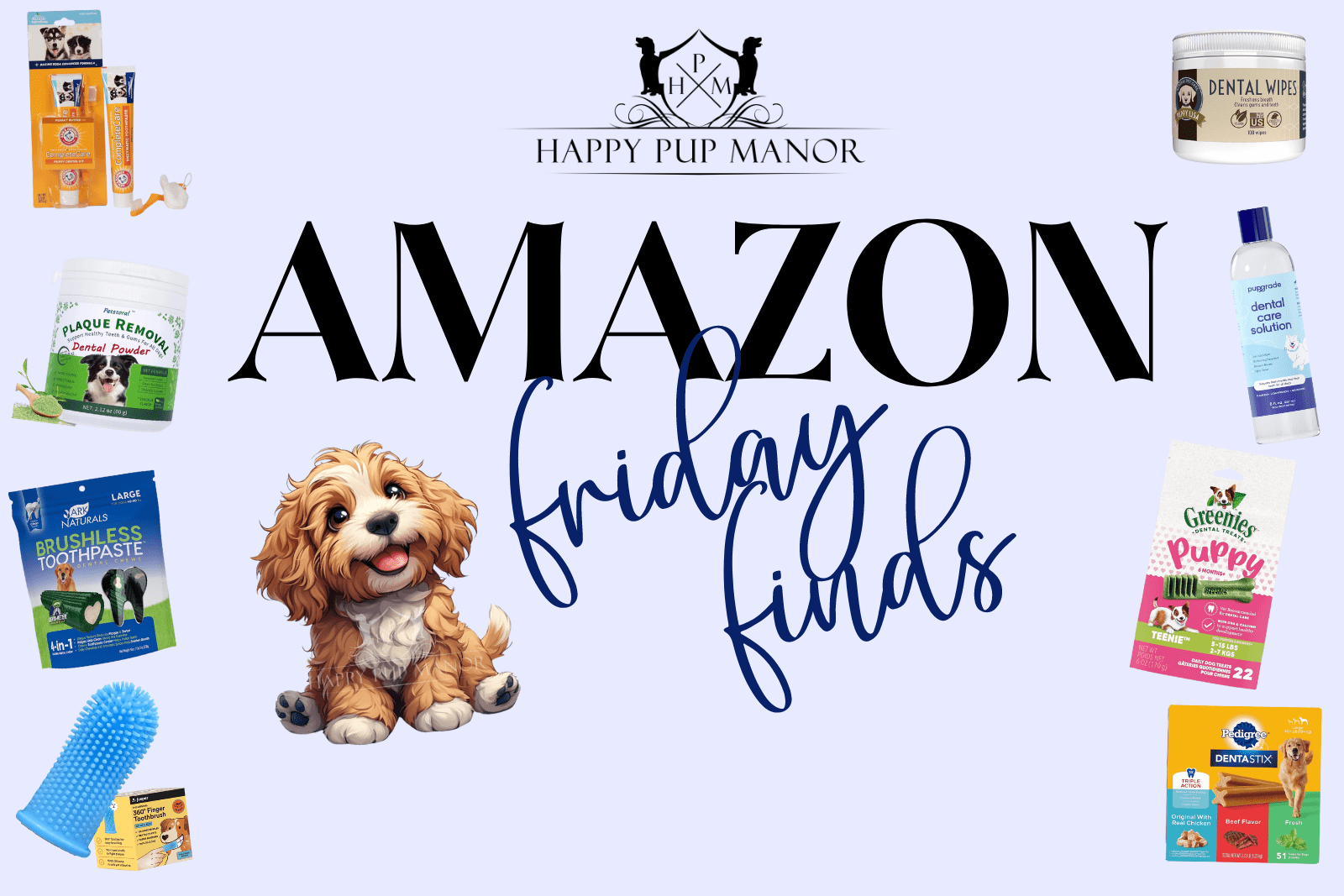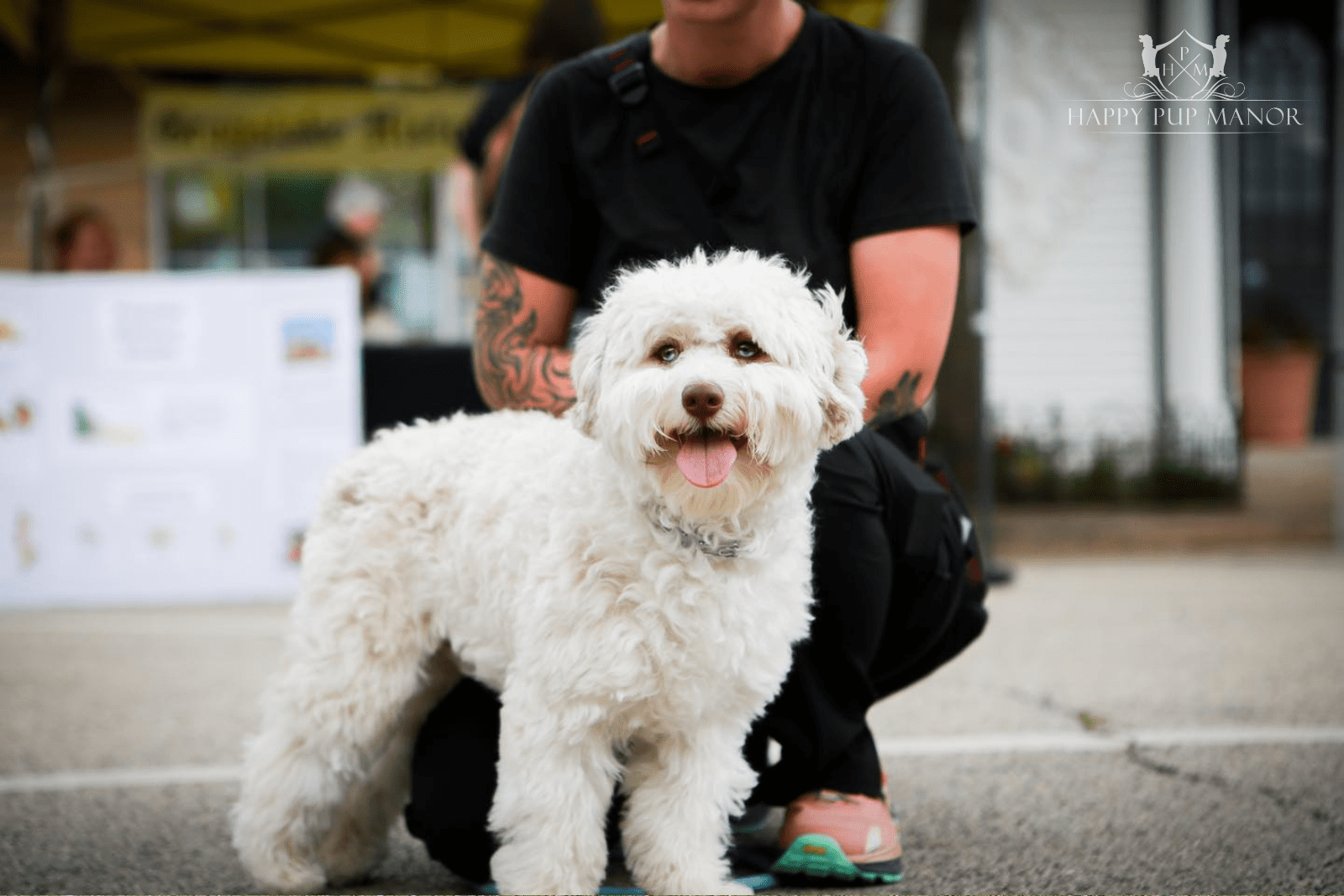How Do I Train My Dog To Be Calm During Grooming and Vet Visits?

How Do I Train My Dog To Be Calm During Grooming and Vet Visits?
Is your pup the type who gets excited during grooming and vet visits? Or is he someone who gets anxious, fidgety, and even scared? No matter how your dog reacts, vet and groomer visits are essential and inevitable. Your dog needs to get regular checkups, vaccinations, and grooming to ensure its overall well-being.
As a pet parent, you should know that since these experiences are necessary for your dog’s health, preparing in advance is a great way to help your dog become more relaxed and calm during these visits. And since we know that this can be a challenging time, especially for first-time puppy parents, Happy Pup Manor has curated these effective and tested strategies to help you and your pup have a stress-free experience.
Desensitization
One of the first things you can do to prepare your pup is gradually desensitizing it to grooming and vet visits. You need to introduce your dog to grooming tools, equipment, and vet examination procedures in a positive and relaxed environment like your home:
 Create a comfortable space at home for your dog that is separate from his bed or play area, which can be your designated groomer/vet space. You can bring his favorite toy, treats, chews, calming pheromones, or anything that calms him, and you can bring them during your vet and groomer trips.
Create a comfortable space at home for your dog that is separate from his bed or play area, which can be your designated groomer/vet space. You can bring his favorite toy, treats, chews, calming pheromones, or anything that calms him, and you can bring them during your vet and groomer trips. - Slowly introduce your dog to grooming tools and other equipment by letting it sniff and investigate them before proceeding to touch your dog with the tools. Avoid any sudden movements that may startle your pup. Reward with praise and treats as your pup remains calm.
- Once they are more comfortable with the tools touching their bodies, you can mimic the vet examination or grooming procedures by gently touching your dog’s ears, paws, mouth
During desensitization, remain patient and observe how your pup reacts. Each dog is unique, and some may take more time to be comfortable with this activity than others, so take your time and take small steps. Just be consistent, keep your dog relaxed, and make it a positive experience.
Short and Frequent Grooming and Vet Visits Practice Sessions
Make your practice sessions short and gradually increase the duration as your pup gets more comfortable. Not only will this be less stressful for your dog, but it will also be easier on you! If your pup starts fidgeting, resisting, or becoming anxious during the activity, take a break and practice again. This way, your dog is not forced to participate and behave in something that he isn’t comfortable with.
A fun idea: If the groomer or vet’s clinic is near your area, you can even do social visits before the actual procedures, so your pup can explore the area, get to know the staff, and be comfortable with them.
Positive Reinforcement
As we mentioned above, positive reinforcement is very effective in encouraging your dog to become comfortable with the grooming and vet examination processes.
 Give your pup his favorite treats and praise him whenever he properly behaves so he can associate the experience with something rewarding.
Give your pup his favorite treats and praise him whenever he properly behaves so he can associate the experience with something rewarding. - You can also bring your dog’s favorite toy or item that soothes and calms him so he has added comfort during the procedure.
- After each session, reward your dog with his favorite game, activity, or walking so he will learn to associate that he gets to have fun after every vet or groomer visit.
- Since the goal is to create a positive experience to prepare your dog for the actual visit, never scold or punish your dog for any anxious behavior. This will only increase their fear and stress levels and may make them more apprehensive about the visits.
Use Calming Aids
For pups who are particularly nervous and anxious, you may want to make use of calming aids. Of course, ensure that your vet has given you the clear before using them, especially if your pup has sensitivities or other health conditions. You can choose between calming sprays, supplements, or treats with calming properties to help keep your pup calm before and during your practice sessions and during the actual visits.
Seek Professional Help
If, despite your efforts, your dog still doesn’t like the experience, it would be best to seek professional help. The first thing you should do is consult with your veterinarian about your dog’s anxious behavior so he can check for possible underlying conditions that may be causing this. Your pup’s vet can also recommend additional strategies or even medications if needed.
 Another great idea is to consult a professional dog trainer or behavioralist who has expertise and experience handling dogs and assessing their behavior. They can effectively identify other root causes of your pup’s anxiety and provide tailor-fitted training methods to improve dog behavior. A dog behavioralist can also help you with other long-term solutions to help your dog relax, as well as best desensitization and counterconditioning exercises.
Another great idea is to consult a professional dog trainer or behavioralist who has expertise and experience handling dogs and assessing their behavior. They can effectively identify other root causes of your pup’s anxiety and provide tailor-fitted training methods to improve dog behavior. A dog behavioralist can also help you with other long-term solutions to help your dog relax, as well as best desensitization and counterconditioning exercises.
Need Help?
Happy Pup Manor is here! Your puppy will stay with our highly knowledgeable team 24/7 during its training session. This familiar environment helps your pup feel comfortable and allows for enjoyable playtime with other dogs and humans in the yard or on the couch.
Training in a home-based setting also allows us to simulate real-life experiences while prioritizing your pup’s particular needs! Contact us now for a personal consultation to discuss your pup’s needs and what training program best fits him!



